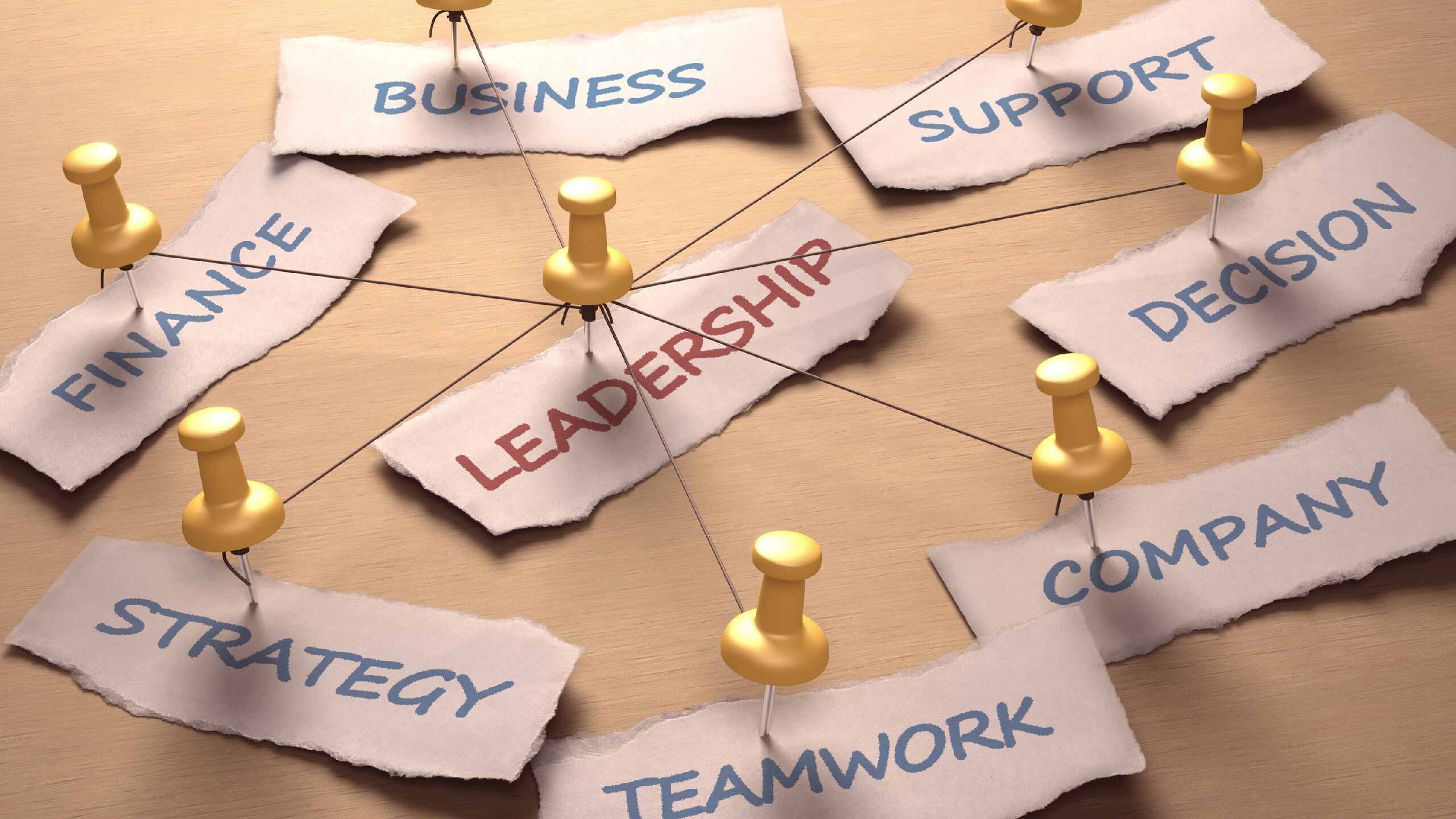Posts

FIVE CORE LEADERSHIP TACTICS
There are five leadership tactics that I follow that help me…

HOW CAN 'DEEP WORK' GET YOU BACK TO DOING AN EXTRAORDINARY JOB?
Do you want to do your job or do an extraordinary job?
There…

PROJECT SUCCESS AND FAILURE POST-MORTEM
Institute a systematic project success and failure post-mortem…

PERSONAL VISION
So many people go through life without a personal vision. If…

WHY IS COACHING ESSENTIAL TO GREAT LEADERSHIP?
There are various leadership styles we can exhibit, and one of…

